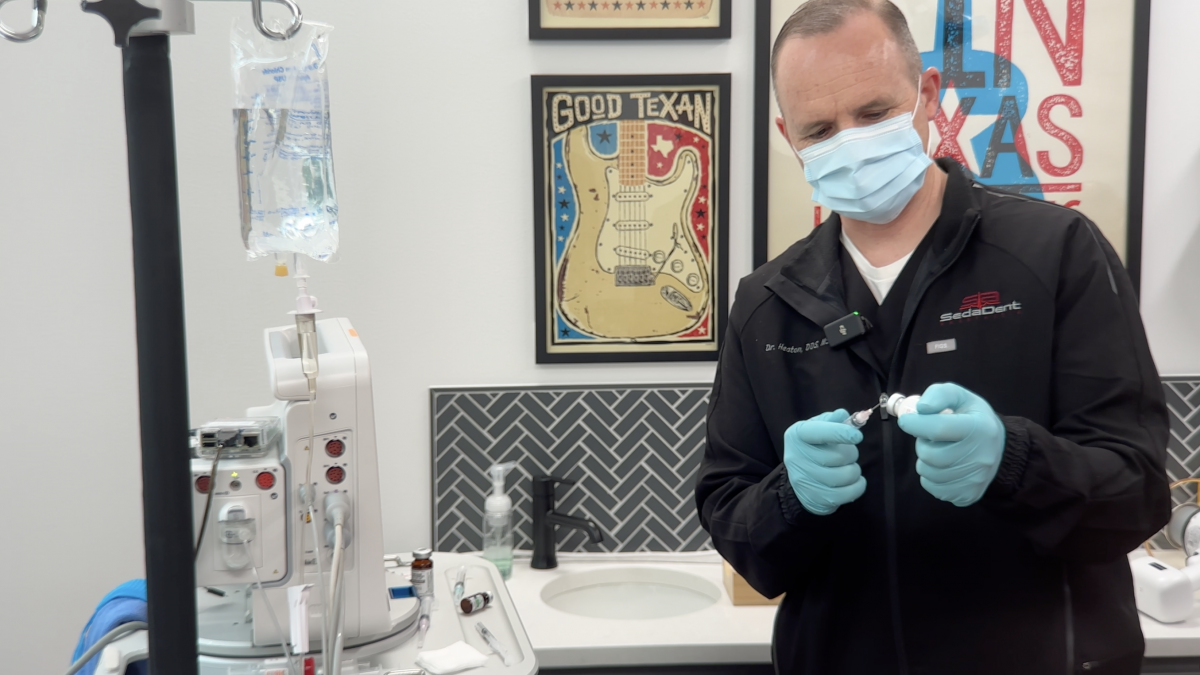Navigating Sedation Levels in Dental Procedures: A Comprehensive Guide

In the world of dentistry, ensuring patient comfort and safety during procedures is paramount. Sedation plays a crucial role in achieving these goals, allowing dental professionals to manage anxiety and pain effectively. However, navigating the different levels of sedation permits in dental procedures can be complex. This comprehensive guide aims to provide dental professionals with a clear understanding of the various sedation levels and the necessary steps to ensure safe and effective sedation practices.
Understanding Sedation Levels
Dental professionals in Texas are familiar with the different levels of sedation permits required for dental procedures. These include minimal sedation, moderate sedation, and deep sedation. Each level has specific permit requirements and administration techniques, ensuring that dental professionals are adequately trained to provide sedation safely.
Minimal Sedation
Minimal sedation, also known as conscious sedation, involves administering a single medication to induce mild analgesia and anxiety relief. Dental professionals with level one permits are authorized to provide minimal sedation. In this level, one medication, often nitrous oxide, is administered with or without an oral medication. It is crucial to monitor patient responses to verbal commands and ensure normal airway, ventilation, and cardiac functions. While minimal sedation may cause mild cognitive function and physical impairment, it should remain within acceptable limits to maintain patient safety and comfort.
Moderate Sedation
Moderate sedation, also referred to as conscious sedation or oral conscious sedation, involves a minimally depressed level of consciousness. Dental professionals with level two permits are authorized to provide moderate sedation. In this level, two or more medications are administered, typically with nitrous oxide, to induce a deeper level of sedation. Patients are closely monitored for responses to verbal commands and physical stimulation. Recognizing signs of deeper sedation and taking appropriate measures to ensure patient safety is crucial in this level of sedation.
Deep Sedation
Deep sedation involves a deeper level of sedation where patients may lose consciousness. Dental professionals with level three permits are authorized to provide deep sedation. In this level, medications are administered using intravenous and intravascular techniques to induce a rapid onset of sedation. Patients are closely monitored for signs of respiratory depression, airway obstruction, and cardiovascular compromise. Recognizing the need for airway support and ventilation assistance in deep sedation cases is critical to maintaining patient safety.
In conclusion, navigating sedation levels in dental procedures requires a comprehensive understanding of the different sedation permits and safety protocols. By adhering to proper training and monitoring techniques, dental professionals can ensure safe and effective sedation practices, ultimately enhancing patient comfort and satisfaction during dental procedures.
Categories: : Sedation Anesthesia
 Sedation and Anesthesia Education
Sedation and Anesthesia Education 